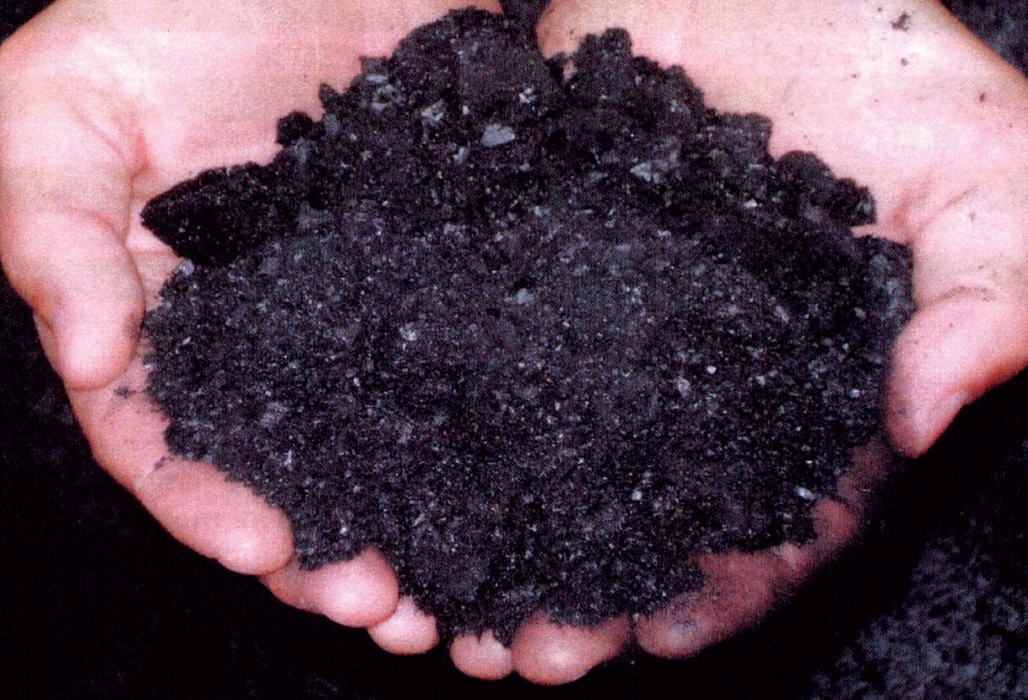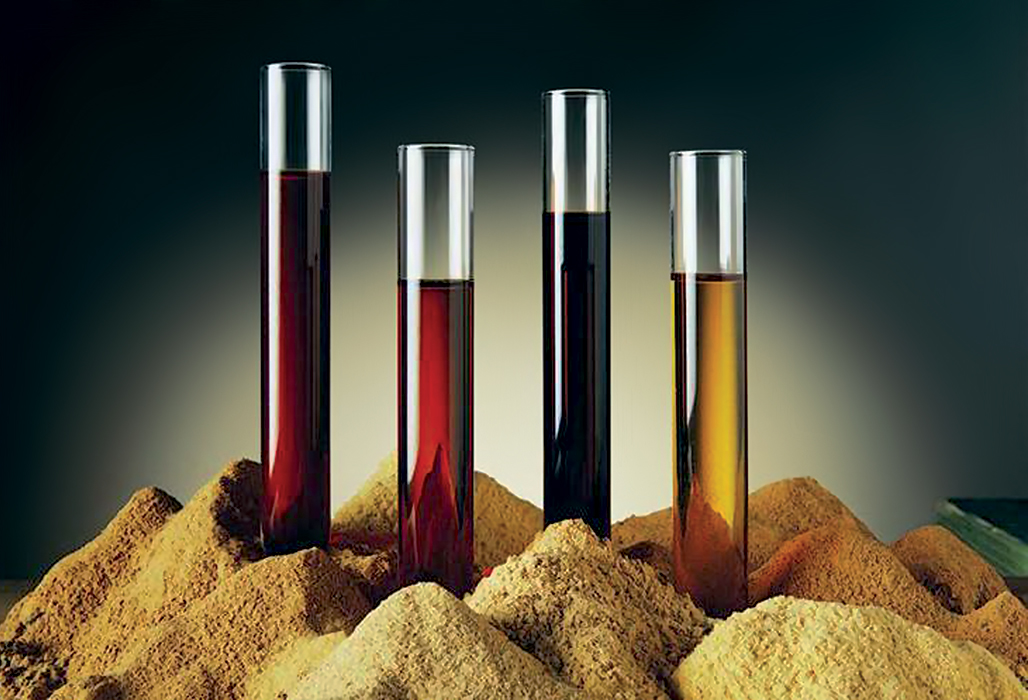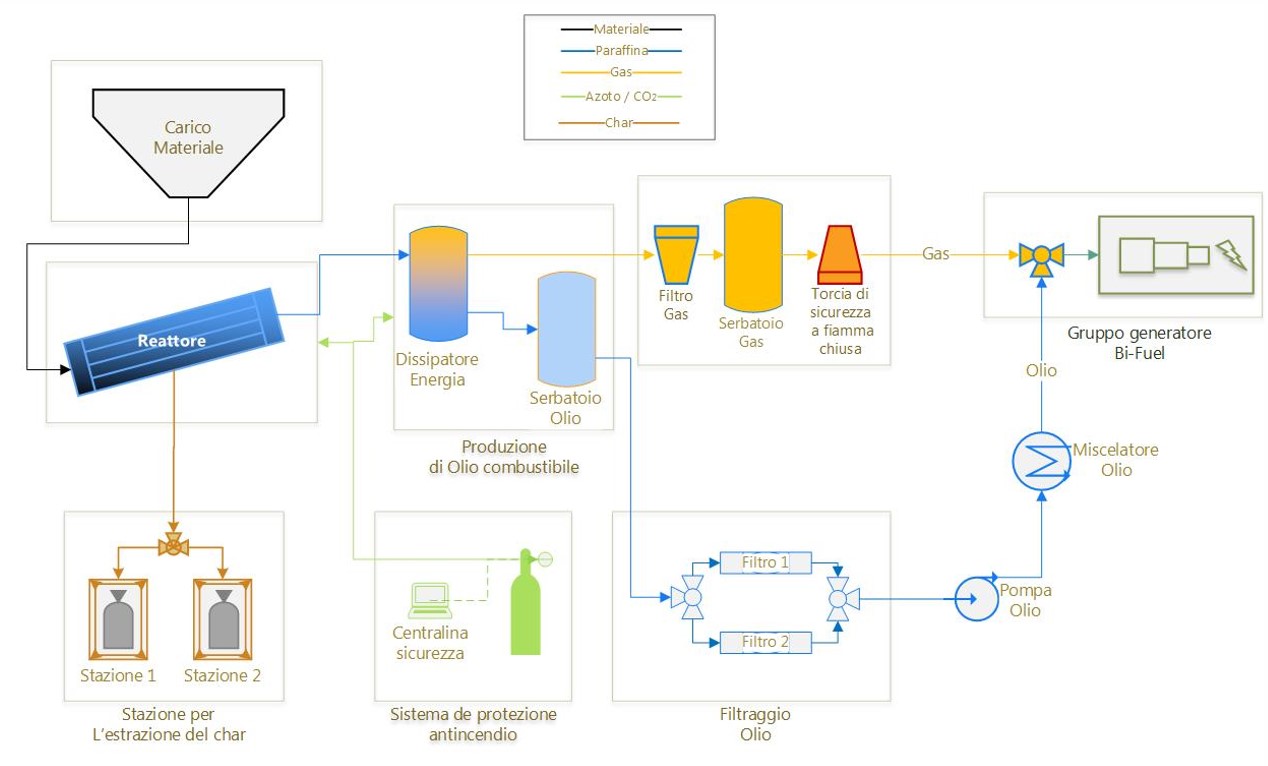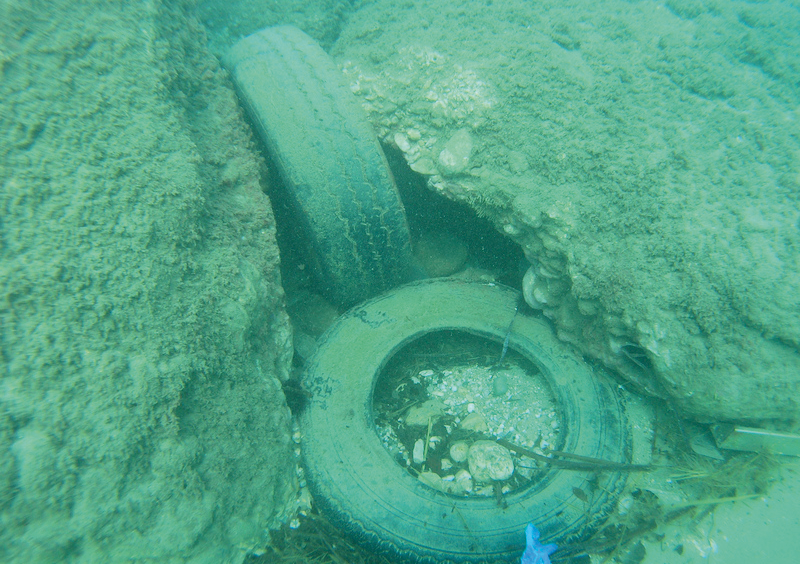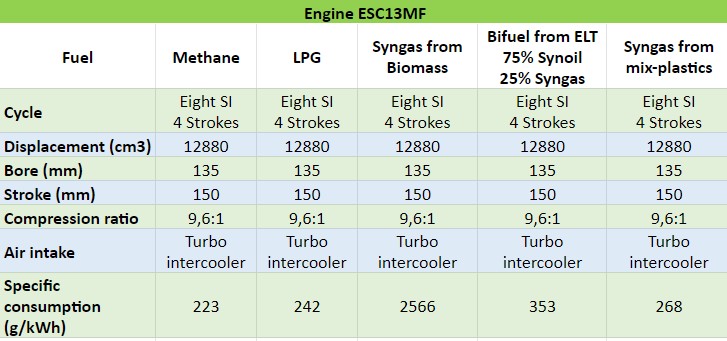The report “L’Italia del riciclo 2010” (Italy Recycling 2010) by the Italian Ministry for the Environment and ISPRA is one of the many studies presenting waste management principles and addressing the issue of ELTs.
In dealing with tires, the many reports indicate that the first problem to be addressed is the inventory and the waste management characteristics of ELTs. This issue is particularly relevant in countries listed as emerging economies. For example, the current evolution of the Chinese economy has dramatically contributed to the increase in generation of used tires.


